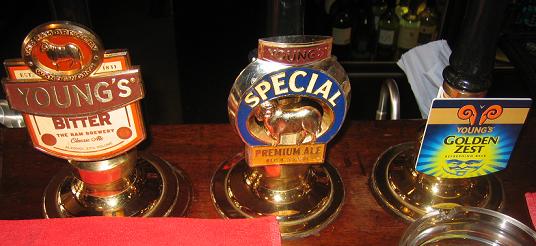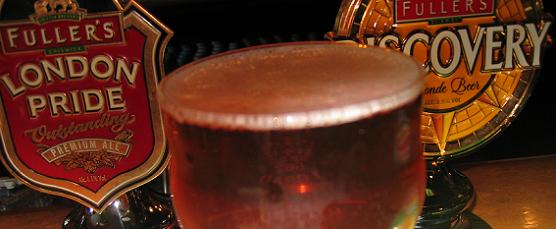Three hours by plane straight north from Oslo, excluding 45 minutes stopover in Tromsø, and you arrive at Longyearbyen airport. It is minus 20 degrees Celsius, but the gale hits you as you exit from the plane and run for the terminal building. It is pitch dark, which shouldn’t be a surprise, as the sun was last seen hereabouts sometime in October. As soon as the luggage arrives, it is time to get those extra layers of clothing before entering the airport bus.
The bus takes just a few minutes to downtown Longyearbyen, and we are happy to find our warm lodging. We are three adult males who have known each other for about three decades, and we have planned this trip since early last year, despite any evident enthusiasm from our spouses.
So what is Longyearbyen? It used to be a company town, established for the sole purpose of coal mining – and maintaining a visible Norwegian presence in the area, especially during the Cold War. It has developed into something resembling an ordinary Norwegian small town over the last few decades. There is now a local assembly, privately owned houses, a school, a kindergarten, a few hotels etc. The miners, and later their families, were the only ones allowed to live here, but now the working population is one third connected to coal mining, one third works in research, and one third works in tourism.
There are daily flights from the mainland, and there are lots of empty seats in mid January. One of the hotels is closed, and the general pace in the shops and the service industry is slow. We decided that a dog sleigh excursion would be the most adventurous part of our stay, and booked tickets before stocking up for our stay. There are regulars ships to Svalbard when the ice conditions allow it, maybe six months per year. This means they have to stock up on food and drink – it is rather expensive to fly the stuff in. Sure, you can get fresh milk, vegetables and fish, but you have to pay for the air transport.
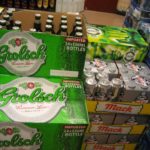 Nordpolet (which is a pun on the Norwegian names for the North Pole and the Wine/Liquor monopoly) is a department in a surprisingly large co-op supermarket, but it has the special attraction of offering duty free prices on alcohol. There are quotas on how much you can buy, both for tourists and for the locals. The beer prices are low, but there are few real finds here, mostly domestic and imported lagers. The Norwegian beers are mainly from Mack, imports are from the Netherlands, the UK and Mexico(!) I had hoped the Russian presence here had made some Russian beers available, but no such luck. The selection of fine wines was rather more impressive, the aquavit was cheap, and you can get some limited edition cognacs unavailable elsewhere.
Nordpolet (which is a pun on the Norwegian names for the North Pole and the Wine/Liquor monopoly) is a department in a surprisingly large co-op supermarket, but it has the special attraction of offering duty free prices on alcohol. There are quotas on how much you can buy, both for tourists and for the locals. The beer prices are low, but there are few real finds here, mostly domestic and imported lagers. The Norwegian beers are mainly from Mack, imports are from the Netherlands, the UK and Mexico(!) I had hoped the Russian presence here had made some Russian beers available, but no such luck. The selection of fine wines was rather more impressive, the aquavit was cheap, and you can get some limited edition cognacs unavailable elsewhere.
 The dog sleigh trip started with us getting into a heavily insulated outfit before driving a few kilometres out of town. The dogs were eager to get some exercise, and while we fumbled a bit before the sleights were ready to go, it was an incredible experience once we were on our way. A faint blue light on the southern horizon and no sound except the scraping of the skis against the snow. The Northern Lights were flickering while the dogs ran eagerly through the darkness.
The dog sleigh trip started with us getting into a heavily insulated outfit before driving a few kilometres out of town. The dogs were eager to get some exercise, and while we fumbled a bit before the sleights were ready to go, it was an incredible experience once we were on our way. A faint blue light on the southern horizon and no sound except the scraping of the skis against the snow. The Northern Lights were flickering while the dogs ran eagerly through the darkness.
Three hours of this was enough, as it was to cold to take any long breaks along the way. Time for a shower before we hit the pubs. The bar closest to our cabin is the one that can claim to be the most northern on the planet, not counting short shore excursions during the summer when they set up a table. The Barentz pub is part of the Radisson SAS hotel, and – as hotel bars tend to – is perhaps not the coziest place. But they have friendly and attentive staff and the best selection of beers in town. Mack Pils and Bayer on tap, Stella on tap too. Don’t ask me why! The bottles span the globe, Singha, Tiger, three Erdingers wheat beers and even the outstanding Goose Island IPA! The pizza was so-so. The next stop on the pub crawl is the Karls Berger pub. The motto here seems to be More is More. Five types of bottled beers, but thousands of varieties of hard liquor. Hundreds of cognacs and single malts, long rows of aquavit and vodka. The locals at the bar were discussing how many times they’d been barred, but they seemed fairly harmless.
Our favourite hangout was Kroa at Spitzbergen base camp, with the interior having a local flavour, based on driftwood and animal pelts as shown at the top of this post. Comfortable chairs and tables, lots of locals, good food. Beer and aquavit at decent prices. One evening we went up to Huset as well, the remains of the glory days of the coal mine, when most of the social life was focused there. When we popped in, the restaurant was totally empty, and there was lots of room in the cafeteria, too. This is the place to go to splurge, as they have a huge wine cellar and a kitchen that gets good reviews.
How do you get there? There are flights from Oslo via Tromsø year round, and there are boat trips, including more luxurious cruise ships during the summer. And, if you book well in advance, Scandinavian Airlines considers this a domestic destination in Norway. That means that your Star Alliance bonus miles can go a long way.
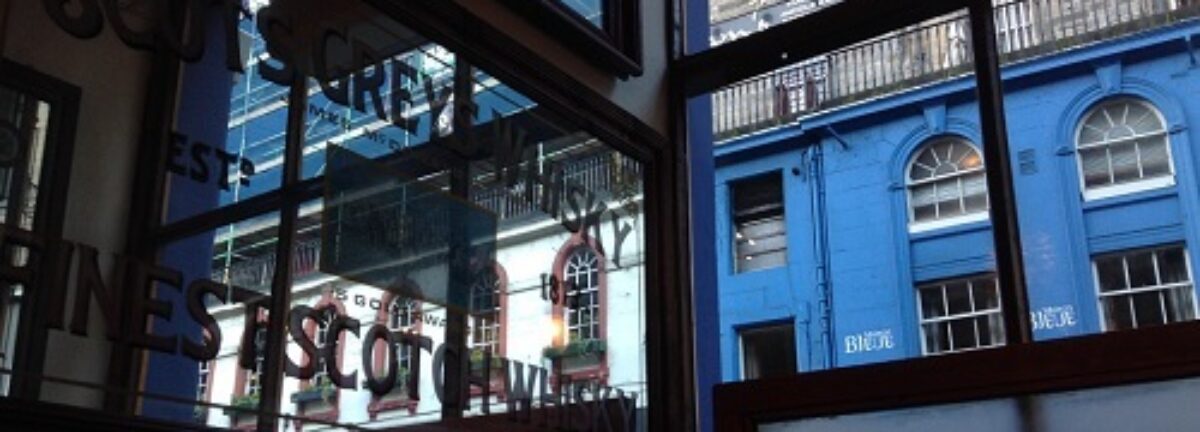

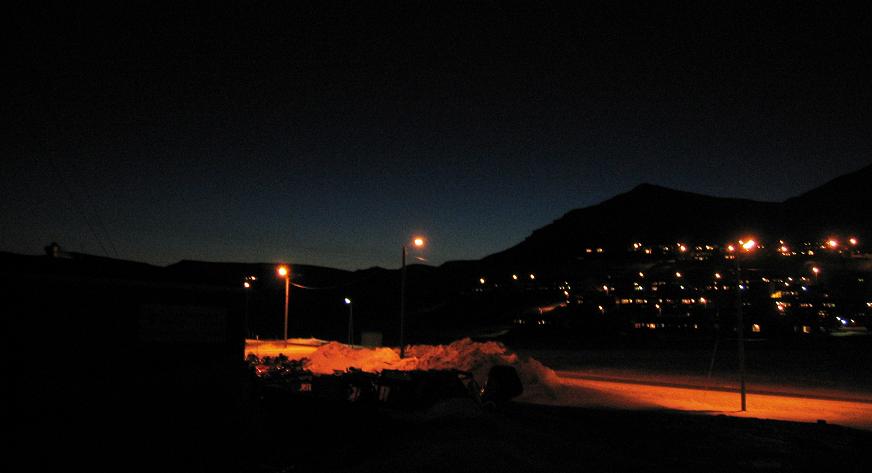
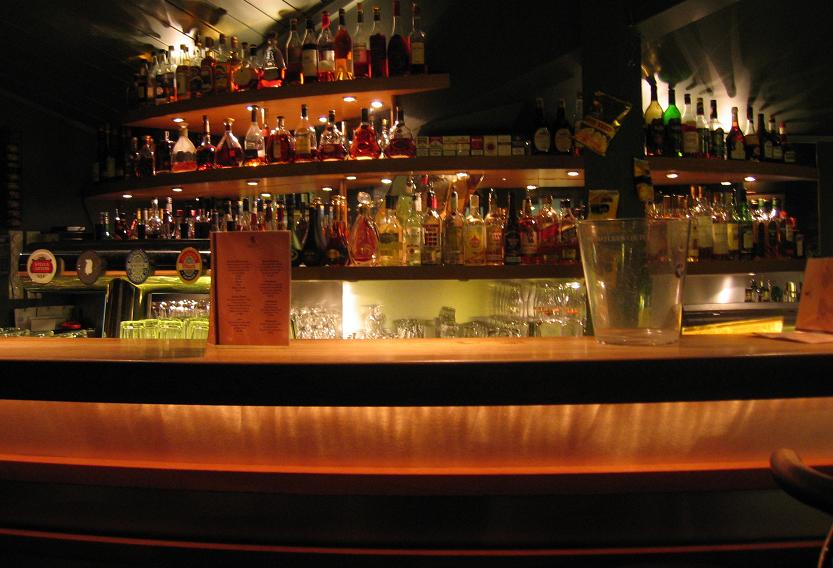
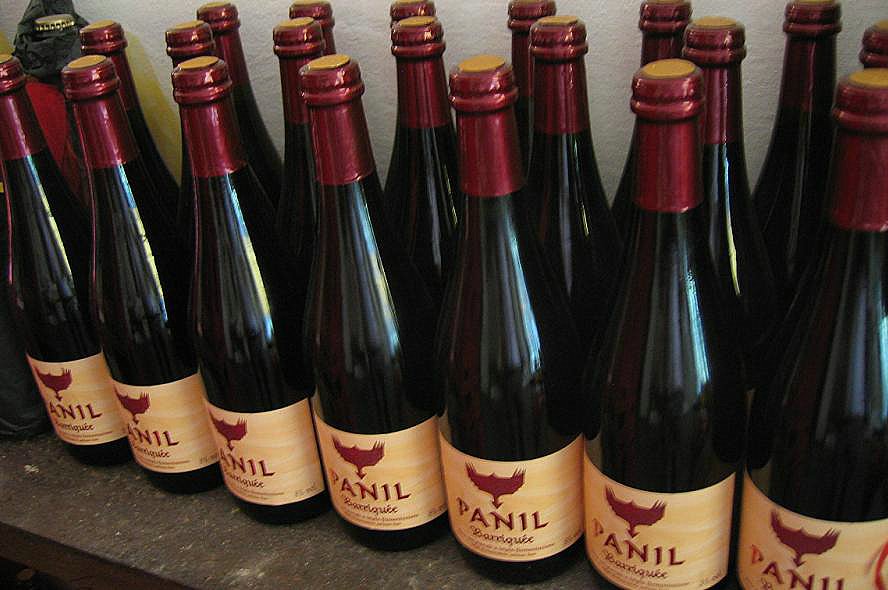


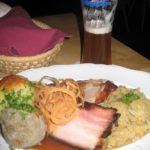
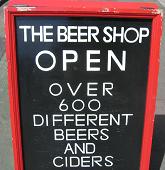 I was in London last week, which is pleasant during all seasons, but this has been the hottest July for 30 years, so there is an extra need to refill the body’s liquid reserves.
I was in London last week, which is pleasant during all seasons, but this has been the hottest July for 30 years, so there is an extra need to refill the body’s liquid reserves.